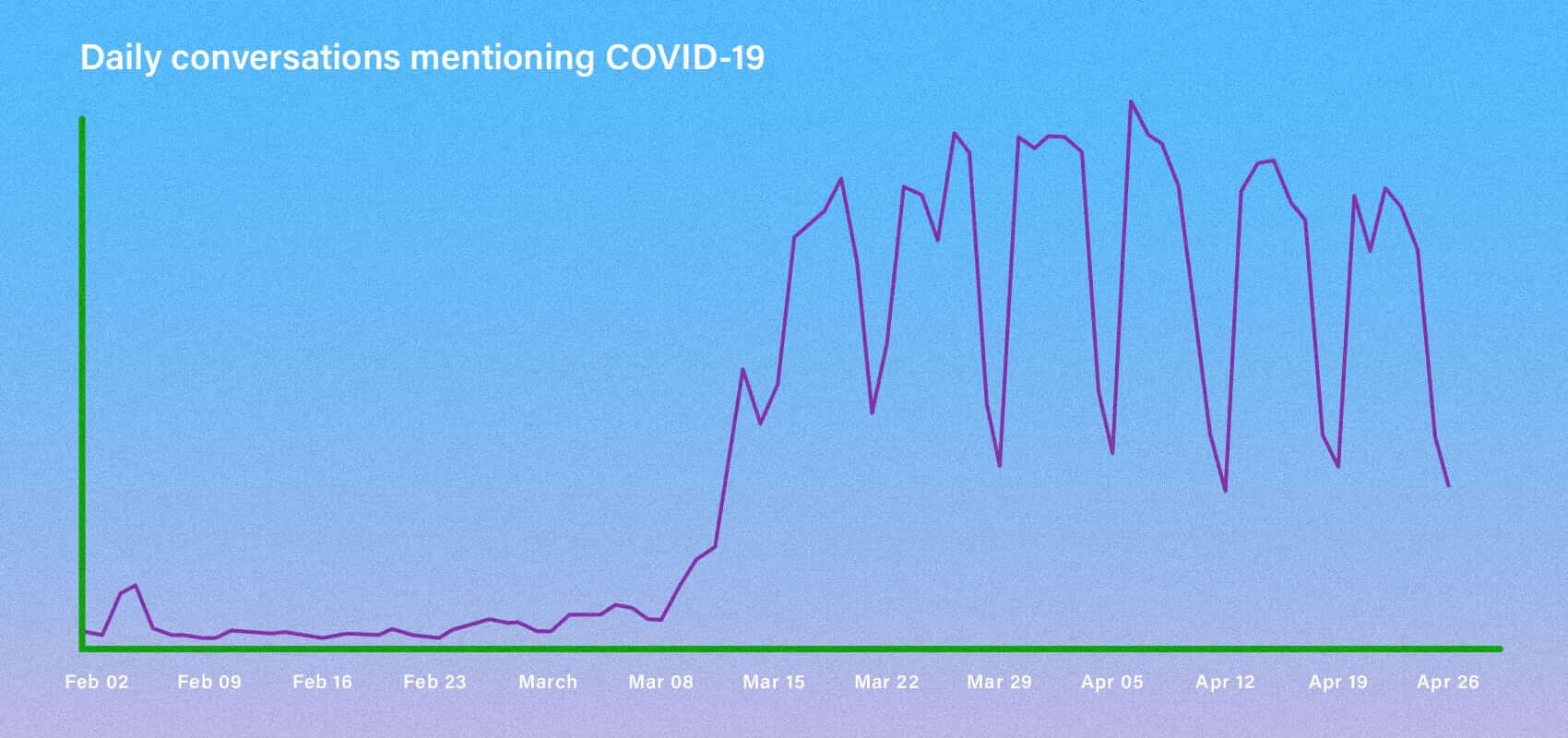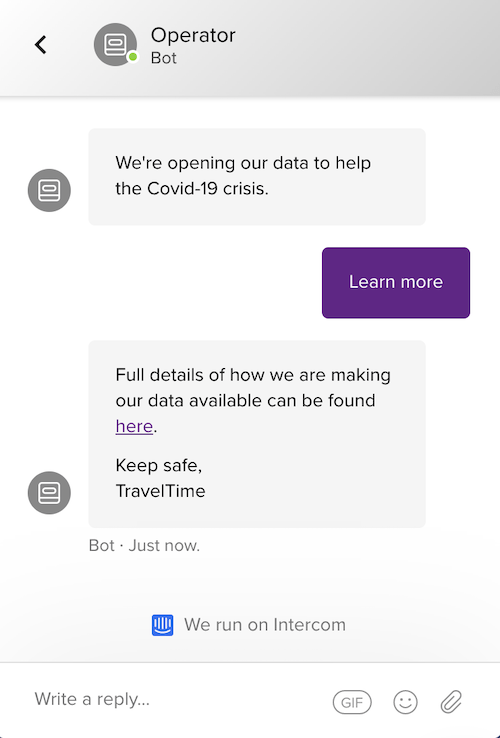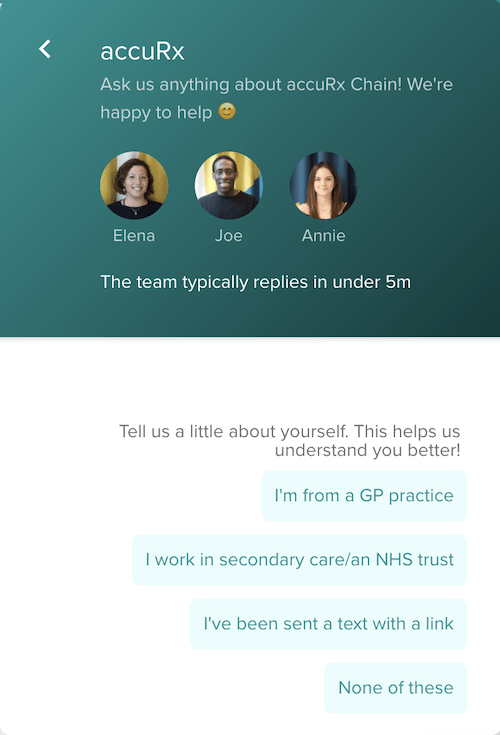
Measuring proactive communication in COVID-19 conversations
Main illustration: Virginia Gabrielli
During this time, businesses are not just waiting for customers to check in – they’re leaning on automation to proactively communicate with their customers at scale.
As the current crisis has unfolded, we’ve seen those trends emerge among our own customers as well.
In early March, the analytics team and I saw a spike in overall conversations between businesses and their customers. Conversations spiked by 6% in the first week and by another 8% over the next two weeks. We decided to look into the data to further understand what our customers are experiencing, and how they’re communicating with their own customers at this time.
We found that the spike in volume corresponded to the rise in conversations mentioning COVID-19. Specifically, we looked for words like “coronavirus,” “covid,” and “covid-19.”
Comparing average patterns of conversations between February and March, we saw an over 2,000% increase in conversations mentioning coronavirus.
The below graph highlights the trends in COVID-19 conversations we’re seeing.

And as we tapped further into those conversations, we started to see that companies are relying heavily on bots to anticipate questions and proactively share information so that they can relieve pressure on their teams caused by the outbreak.
So we’d like to share this directional data with you to highlight the importance of both proactive communication and automated customer support in recent times, and to share a few stories of customers for whom this has been crucial.
Businesses initiated the majority of COVID-19 conversations with users
We found that businesses used bots to initiate a whopping 68% of all conversations mentioning COVID-19, covid, or coronavirus since the first of February.
Businesses used bots to initiate 68% of all conversations mentioning COVID-19 or coronavirus
Below is a snapshot of what the daily bot-initiated conversations have looked like since the beginning of February.

We can see that beginning in mid-March, bot-initiated COVID-19 conversations were on the rise, reaching a peak during the week of April 5th. That was an increase of 620% compared to the week of February 2nd. We can see here that bots are continuing to fuel COVID-19 related conversations, even past that peak we saw.
Bot-initiated conversations that mention COVID-19 saw an increase of 620% from the week of February 2nd to the week of April 5th
Along with proactively communicating with their users, our customers are also investing in self-service options to address questions that their users will have. In fact, we saw a 120% increase in the volume of articles created mentioning COVID-19 or coronavirus in mid-March compared to the start of March, highlighting that businesses are tailoring their help centers to surface COVID related FAQs, important info, and tips to their customers.

Automation is more important than ever
Many of our customers have already been leveraging proactive automation through the use of bots to support both their customers and their communities.
TravelTime, a mapping tool and platform, is using Custom Bots to announce that they’re providing free data to governments, charities, NGOs, or health services on the front lines of the current crisis. They offer use cases such as using their data to map out testing centers, communicate which testing center is right for which neighborhoods, and planning out visits to vulnerable patients.

These trends also validate other recent research we’ve done around support automation. Our recent study of support leaders navigating COVID-19 found that support teams who use automation tools like chatbots are 41% more likely to say they will hit their goals this month. By leveraging these types of tools to respond to simple customer queries upfront, support teams will have more bandwidth to answer the questions that require a human to solve.
For instance, accuRX, a company that provides GP software in the UK, have seen their support volume increase 10x. They’re using Intercom to help customers self-serve through articles and also use our Resolution Bot, Custom Bots, and task bot to help triage customer requests, especially when their team is offline.

Proactive support has been game-changing
While these data trends reflect what we’re seeing now and may not forecast what is to come, it’s clear that many companies are leaning on proactive communication and automation in their response to the global pandemic.
And while support teams only have so much bandwidth to deal with daily escalations and need to focus on serious or urgent issues, bots have allowed many companies to answer rising queries at scale. For teams who need to share offers to their customers and community members at this time, proactive communication through the use of bots has allowed them to do that more efficiently, too.
Both proactive communication and reactive automation have helped our customers manage demand during this very stressful time, and we hope that they can be a resource for you, too. We’ve put together a guide on our help center if you need tips for using Intercom in your COVID-19 response.







